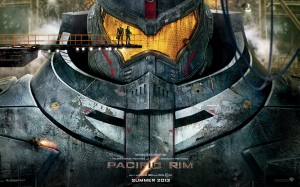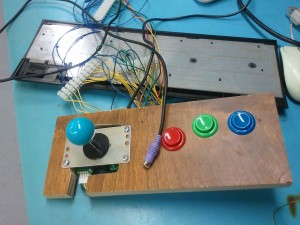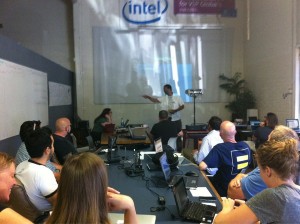I would say that as an engineer, you have not experienced fear until the moment someone installs a part you have designed. Something that I have noticed over the years through multiple work environments, is the desire to get it right the first time. Now some may look at that statement and say, “Of course you want to get it right the first time!” Which is true, somewhat. Design is an iterative process, and sometimes steps have to be repeated. Prototyping is essential. In some instances, you don’t recognize issues until the part is in your hand and you’re looking at it. Of course as you repeat any process, you apply lessons learned, streamline, and quicken said process.
The issue that comes forth is when the streamlined process is expected right off the bat. Faster, cheaper, better is always what management wants. The importance of prototyping is diminished because similar work has already been completed, and individuals can build from that. Or that’s what your boss thinks, at least. Vertical pressure notwithstanding, there is always a since of foreboding with any recently built design. The self-reflection, checking, and internal questions. “Did I miss something? What if it fails? Maybe I shouldn’t have made that assumption…” As the engineer, if that part fails everyone immediately looks to you as the cause. (I mean you designed it.)
While design problems are the reflex answer, by no means are they the only possibility. Material deficiencies, production, improper scope, there are numerous cause that can lead to problems with design implementation. However, as is often the case with design(and business for that matter), the first task is proving that the problem isn’t your fault. It’s the fear of that situation that gives me butterflies whenever I see a part I’ve designed in use the first time.


